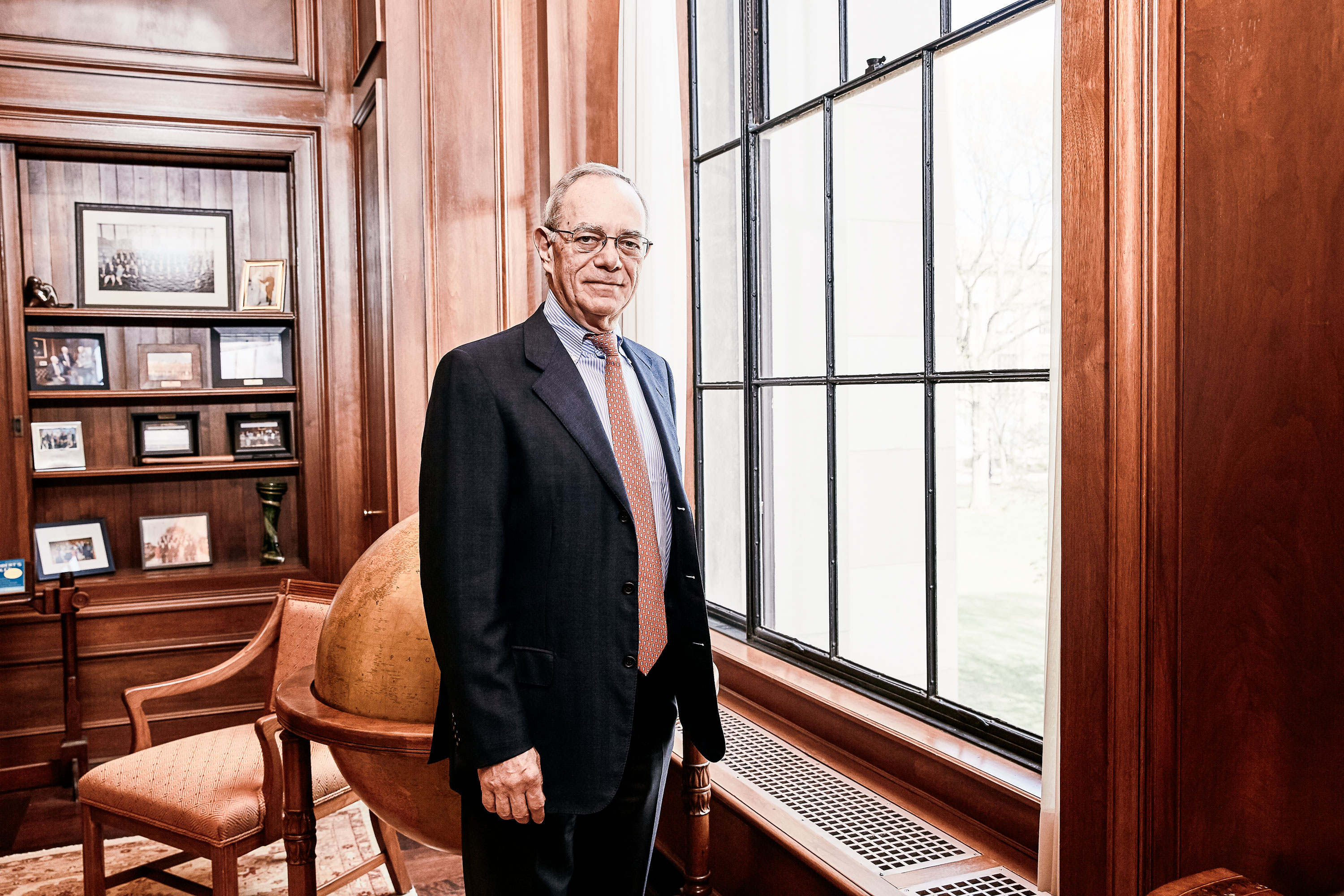The Nobel laureates of noble causes
Professors Esther Duflo and Abhijit Banerjee exemplify the very best of MIT.

When the 2019 Nobel Prize in Economic Sciences was awarded to Esther Duflo, PhD ’99, and Abhijit Banerjee, the world got a glimpse of how their passionate dedication to alleviating global poverty has improved the lives of millions of people. Not long after delivering their Nobel lectures in Stockholm, they and co-winner Michael Kremer announced they would donate the prize money to advance research in development economics. Hearing this, I was struck once again by how the spirit of their work and their journey to the Nobel reflect their deepest values, and MIT’s.
Faced with a knot of hard problems—the intertwined challenges of extreme poverty around the world—our newest laureates seized the opportunity to apply their knowledge and achieve tangible results. Taking an experimental, hands-on, very MIT approach, they pioneered the use of randomized controlled trials, or RCTs, to test poverty-fighting theories and programs “on the ground.” By providing a rigorous way to determine which interventions work best and why, they revolutionized both the study and the practice of global development work. One could not ask for a better illustration of MIT’s philosophy of Mind and Hand.
Since cofounding the Abdul Latif Jameel Poverty Action Lab (J-PAL) in 2003, Duflo and Banerjee have emphasized broad collaboration—a central theme of life at MIT and of nearly all successful scientific research. They work closely with a network of researchers and organizations carrying out experiments across five continents on a wide range of issues, including teacher absenteeism, child immunization, business development, and food supply chains.
Their Nobel lectures emphasized how much they value this collective effort as they seek to make an impact on a global scale. Banerjee opened his talk by acknowledging his fellow “randomistas,” researchers using RCTs to study poverty alleviation policies around the world. Duflo—the youngest person and only the second woman to win the economics prize—began by saying the award was not for her and her two colleagues, but for an entire community of researchers, staff, students, and partners. And the prize money they donated will create invaluable opportunities for rising young talent in economics.
A spirit of generosity and a future-oriented outlook. Intellectual daring and rigor. And a drive to apply knowledge in the real world to solve complex and urgent problems. Exemplifying all of these qualities, our newest laureates represent the very best of MIT.
Keep Reading
Most Popular
Large language models can do jaw-dropping things. But nobody knows exactly why.
And that's a problem. Figuring it out is one of the biggest scientific puzzles of our time and a crucial step towards controlling more powerful future models.
The problem with plug-in hybrids? Their drivers.
Plug-in hybrids are often sold as a transition to EVs, but new data from Europe shows we’re still underestimating the emissions they produce.
Google DeepMind’s new generative model makes Super Mario–like games from scratch
Genie learns how to control games by watching hours and hours of video. It could help train next-gen robots too.
How scientists traced a mysterious covid case back to six toilets
When wastewater surveillance turns into a hunt for a single infected individual, the ethics get tricky.
Stay connected
Get the latest updates from
MIT Technology Review
Discover special offers, top stories, upcoming events, and more.